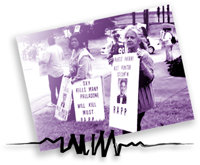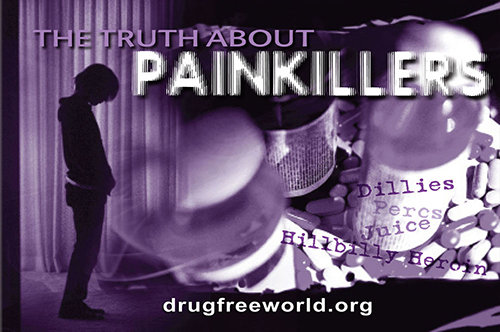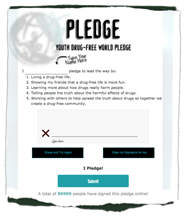Opioid painkillers produce a short-lived euphoria, but they are also addictive.
Long-term use of painkillers can lead to physical dependence. The body adapts to the presence of the substance and if one stops taking the drug abruptly, withdrawal symptoms occur. Or the body could build up a tolerance to the drug, meaning that higher doses have to be taken to achieve the same effects.
Like all drugs, painkillers simply mask the pain for which they are taken. They don’t “cure” anything. Someone continuously trying to dull the pain may find himself taking higher and higher doses—only to discover that he cannot make it through the day without the drug.
Symptoms of withdrawal can include restlessness, muscle and bone pain, insomnia, diarrhea, vomiting, cold flashes with goose bumps (known as “cold turkey”), and involuntary leg movements.
One of the serious risks of opioids is respiratory depression—high doses can cause breathing to slow down to the point it stops and the user dies.












































